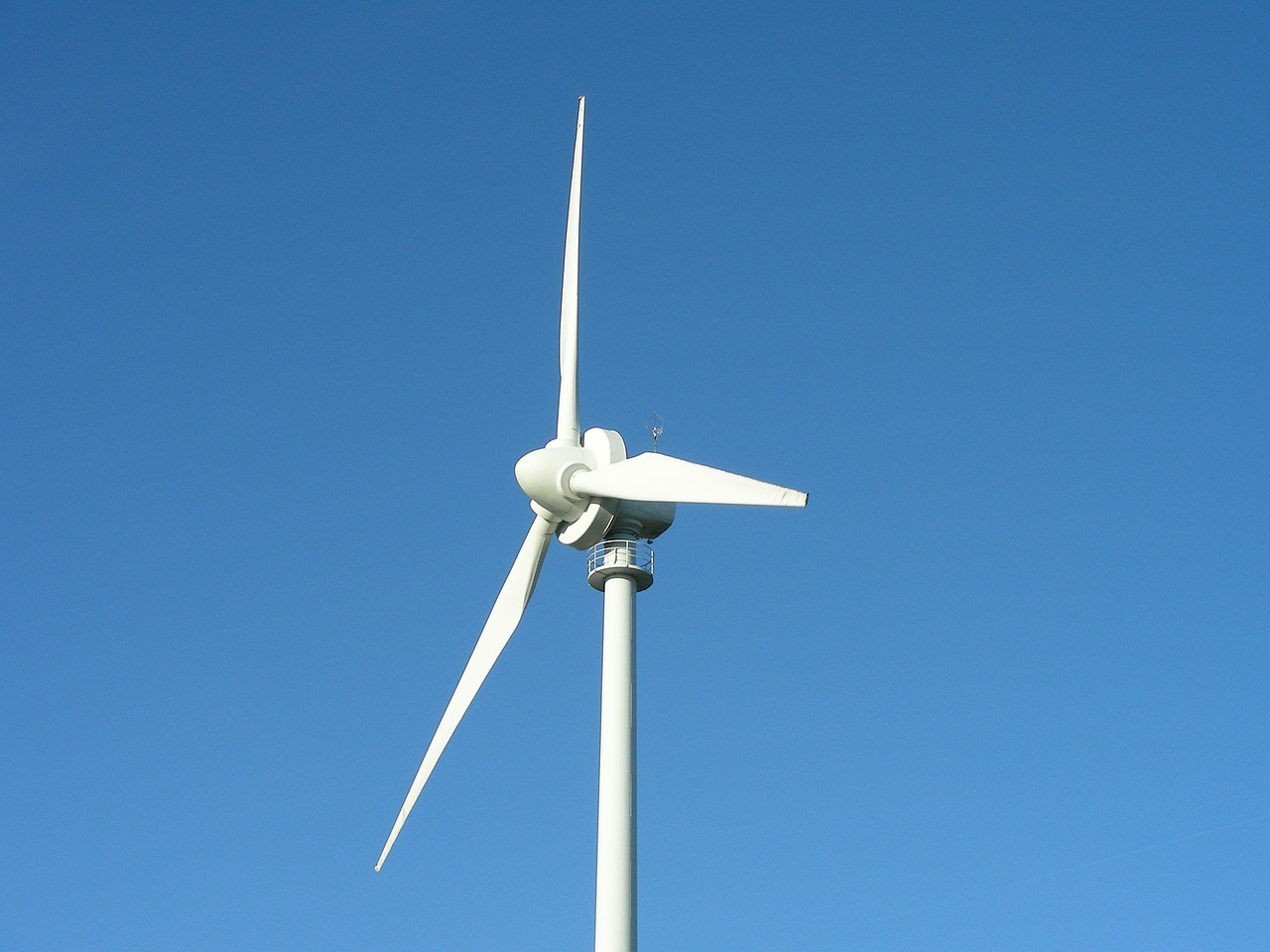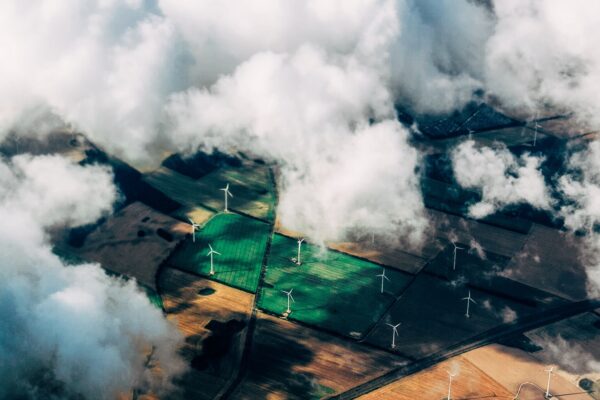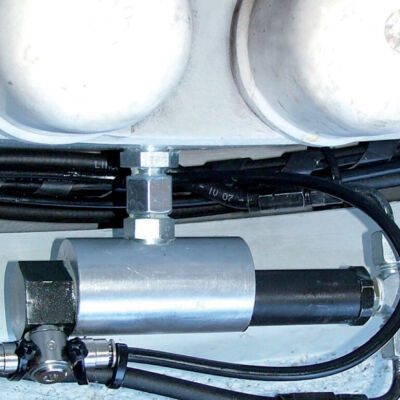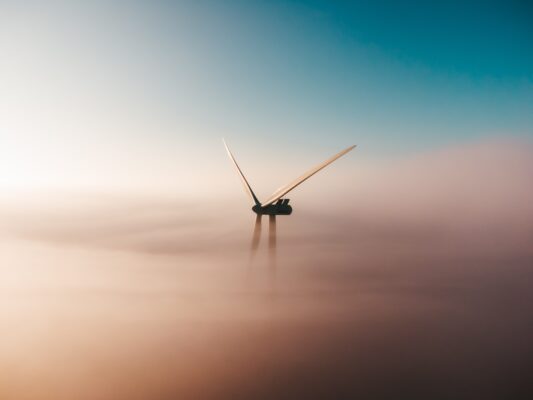Generators in wind turbines convert the motion of wind into electrical energy. When wind blows against the turbine blades, it causes them to rotate around a central hub. This rotational energy is then transferred to a shaft that spins inside the generator, where it moves magnets past coils of wire. The movement results in electromagnetic induction and the generation of an electric current. However, for a variety of reasons, generators can malfunction.
Types of generator failures
- Mechanical failure
Over time, mechanical parts like bearings, gears, and shafts of a generator wear down, increasing friction and heat and potentially causing breakdowns.
- Electrical failure
Issues like insulation breakdown, short circuits, or overheating can cause electrical malfunctions in the stator or rotor of a generator.
Understanding the culprits
- Thunderstorms
Because they are in open areas, wind turbines are susceptible to thunderbolts. A lightning strike can cause considerable damage to the generator’s electrical system, leading to malfunctions.
- Other environmental factors
Harsh atmospheric conditions, such as extreme temperatures, high humidity, saltwater exposure, or dust and debris accumulation, can adversely affect the performance and reliability of the generator.
- Overloading
Generators in wind plants are designed to operate within certain load limits.
When the generator is exposed to excessive loads that surpass its capacity, it can lead to overheating and subsequent failure of its components.
- Grid faults
Grid issues, such as voltage dips, frequency fluctuations, or sudden grid disconnections, can have adverse effects on generator performance. These problems can lead to unstable operating conditions and cause the generator to trip or fail.
- Maintenance issues
Inadequate or insufficient maintenance practices can contribute to generator failures. Lack of regular inspections, lubrication, cleaning, and component replacements can lead to increased wear and premature failure of generator components.
Supporting longevity and optimal performance
Some components, such as bearings, utilize modern materials resistant to electrical currents and wear and tear. SKF XL hybrid deep groove ball bearings for generators, for instance, combine steel rings with silicon nitride rolling elements, delivering exceptional resistance to electrical currents. Furthermore, these bearings offer extended grease life, contributing to the overall reliability and performance of wind turbines, as they can operate more efficiently for extended periods without interruption.
Additionally, regular and comprehensive inspections are essential for promptly identifying and rectifying any issues before they escalate. The maintenance regime should encompass routine servicing of mechanical components, electrical checks, lubrication of moving parts, and inspections for signs of corrosion or physical damage.
Finally, installations in challenging environments can incorporate specific features to address the unique threats. For example, turbines in storm-prone regions should be equipped with lightning protection systems.
To sum up
Wind turbines are key for producing sustainable energy but can be hampered by mechanical and electrical generator failures. These issues often arise from natural deterioration, environmental conditions, operational overloads, grid disruptions, and poor maintenance. To enhance the performance and lifespan of generators, it is crucial to address these vulnerabilities through superior design, diligent maintenance, and protective strategies against external threats.



